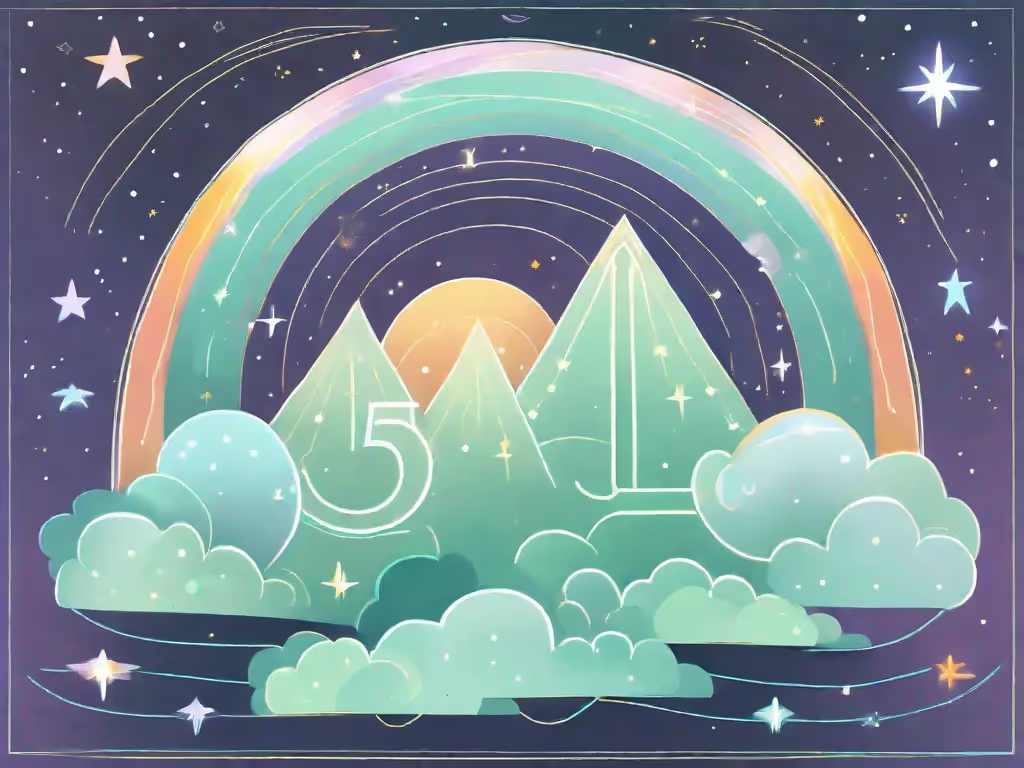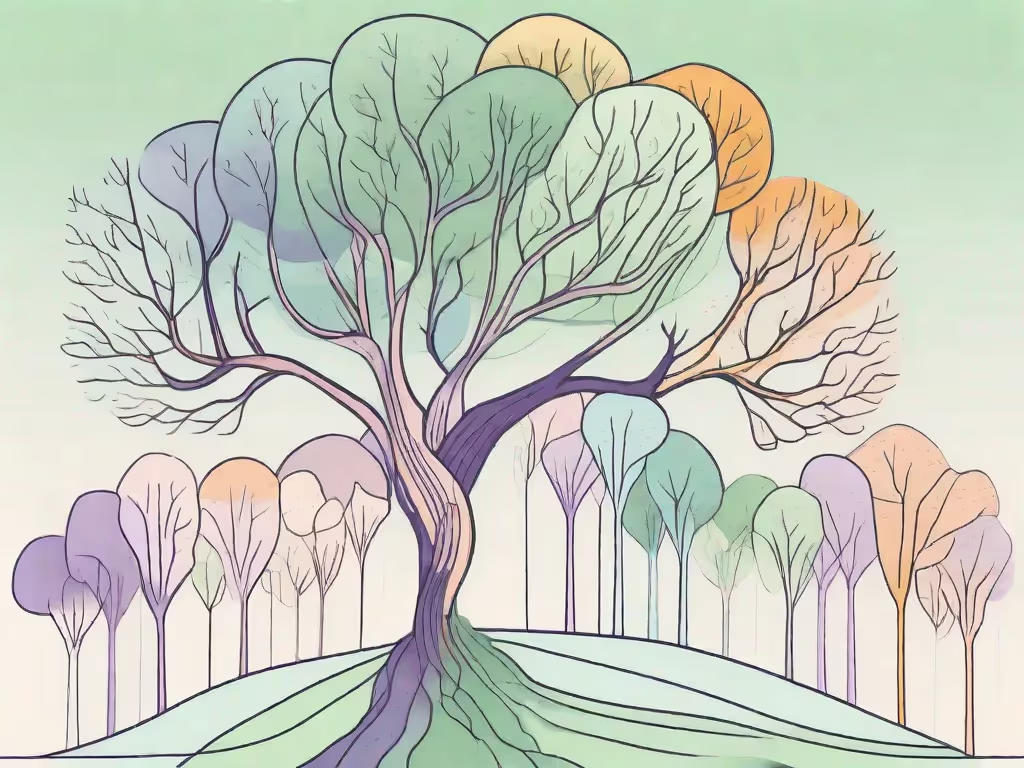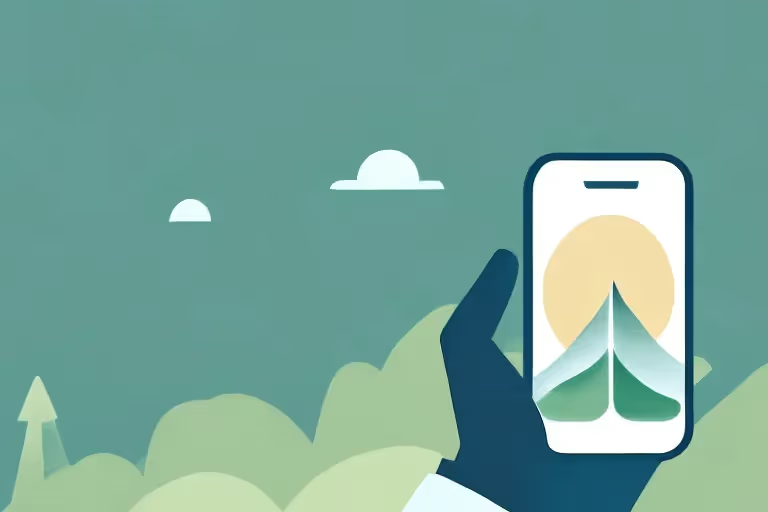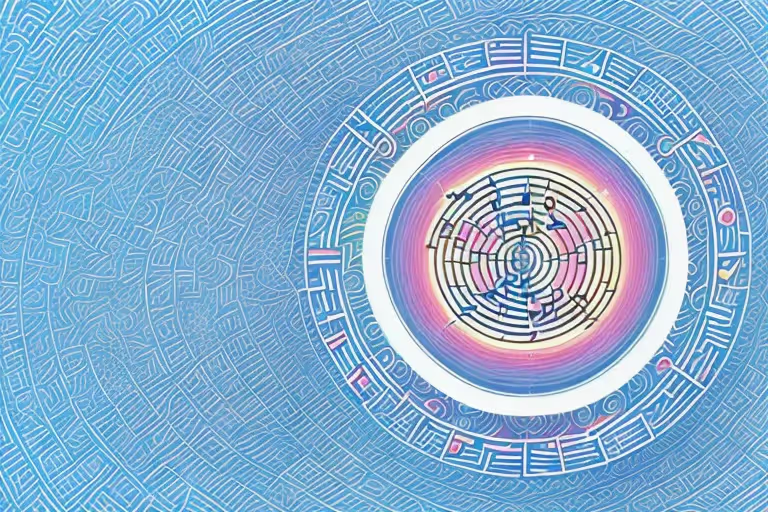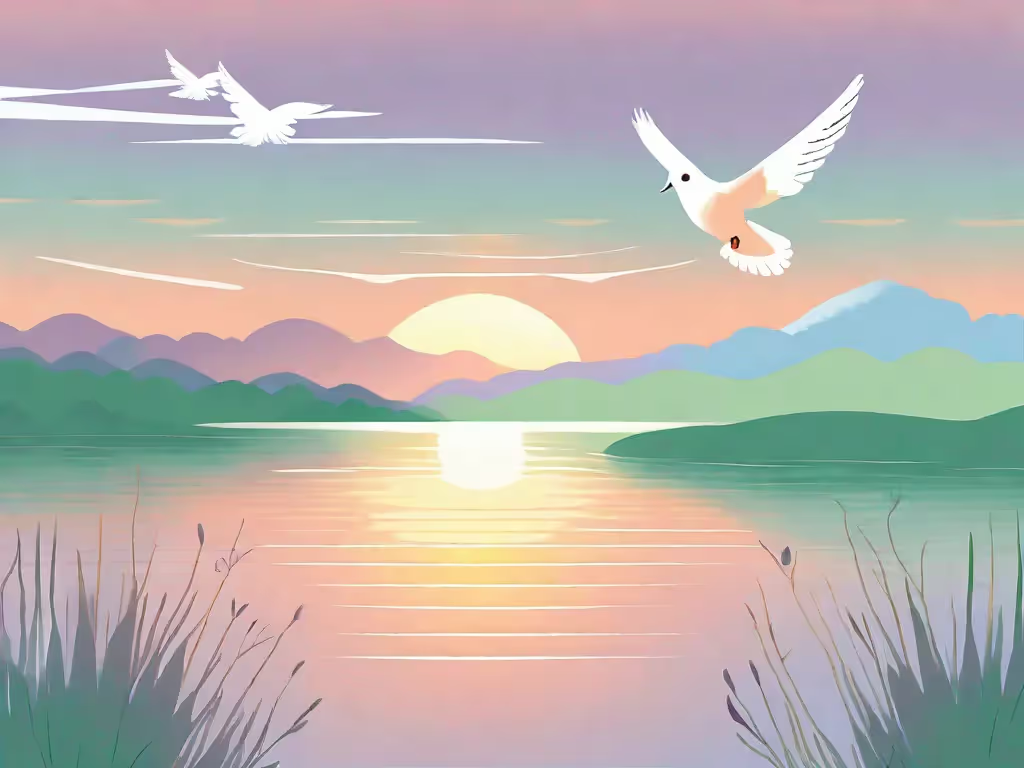Reiki is a sacred, yet beautifully simple practice—but what truly makes Reiki fascinating are its mysterious origins. The history of Reiki is shrouded in legend, with ancient traditions and spiritual teachings passed down in secrecy.
While much of its past remains hidden, the modern era of Japanese Reiki brings these teachings to light, allowing us all to access the powerful energy healing of Reiki.
Let’s dive into the origins of Reiki—the history of reiki, who founded modern Reiki and why Reiki resonates so deeply with millions of people today.
Ancient Origins: What We Know About Reiki History
Reiki has been a closely guarded, sacred practice. Without any written records before the 20th century, little is known about Reiki’s origins. Some trace it back to Tibetan Lamas, while others see parallels between Reiki and the hands-on healing performed by Jesus.
Where Does Reiki Energy Come From?
Many cultures throughout history have understood the existence of a universal life force energy that flows through us and connects all living things and nature. In Japanese (where modern Reiki was rediscovered), this energy is "Ki." In Chinese medicine, it’s similarly called "Chi." In Christianity, it is considered the "Holy Ghost," and in Hinduism and yoga, it is called "Prana."
Different cultures might use their own words and methods, but the idea is the same: this vital life force energy is the essence of our existence and tapping into it can bring both healing and spiritual growth.
Mikao Usui’s Legendary Re-Discovery of Reiki
Born in 1865 into a samurai family, Mikao Usui—also known as Usui Sensei and the founder of Reiki—pursued spirituality through martial arts before ultimately becoming a Buddhist monk. In 1922, he felt a calling to ascend Mount Kurama for 21 days of fasting and meditation seeking to understand energy healing.
During this meditative journey, he sense the healing energy of Reiki and experienced visions of symbols that would become central to Reiki healing. Mikao Usui returned from his fast, enlightened and excited to share his newfound wisdom.
Legend has it that as he made his way down Mount Kurama, four miraculous events occurred. First, he stubbed his toe—only to see it heal instantly when he placed his hand upon it. He also ate with comfort a full meal after such a long fast. He healed a woman's toothache, and he relieved the Abbot of a Zen monastery from his crippling arthritis.
Inspired by these experiences, Mikao Usui began to share his knowledge, training others in the healing art of Reiki and establishing the Usui Reiki lineage.
Spread of Reiki to the West
From Usui, Reiki was passed on with oral teachings to those who studied under him and further down the lineage. There are a couple notable Reiki Masters I’ll mention here who are responsible for how Reiki reached us in present day.
Chujiro Hayashi
One of Usui’s students, Chujiro Hayashi, opened his own clinic in Japan, where he continued practicing and teaching Reiki after Usui’s death. Hayashi is credited with refining the Usui Method into a more structured system, training 13 Reiki Masters in the process.
Hawayo Takata
One of Hayashi’s most significant students was Hawayo Takata, a Japanese-American woman who traveled to Japan from Hawaii and discovered the clinic while seeking healing. Eventually Takata trained and became a Reiki master, opening the first Reiki clinic and school in Hawaii in 1937. This marked the beginning of Reiki’s journey from Japan to the Western world.
Takata taught Reiki for over four decades, training 22 Reiki Masters who continued the Usui lineage. Her teaching style was informal and creative, often relying on oral instruction, which led to slight variations in technique among her students. After her death in 1980, Reiki Masters she trained convened to decide how to continue the tradition, despite the differences in their training.
Many of the Reiki Masters practicing and teaching Reiki to others today, myself included, can trace their lineage back to Hawayo Takata and Usui.
Reiki in the Modern World
Today, the International Center for Reiki Training estimates there are over a million Reiki practitioners worldwide. What was once a secretive healing art passed down orally now has documented techniques, printed manuals and discussions all over the Internet.
Perhaps it is our Western culture of information sharing that has opened up Reiki to a wider audience of practitioners. With the rise of the Internet and social media, resources and training opportunities are more accessible than ever, bringing this Reiki wisdom to any of us who feel called to explore it. Therapeutic Reiki sessions are also widely available to those seeking physical, mental and emotional healing as well as spiritual growth.
However, Reiki Masters still uphold the responsibility to respect the tradition of keeping Reiki’s sacred symbols and teachings private, recognizing that these teachings hold deep spiritual significance and are intended for only those who study and practice Reiki.
It is widely believed spreading the Reiki knowledge to all who are interested has immense benefits on the world’s healing. So practitioners must carefully navigate how to honor the sacred traditions while also openly sharing the healing benefits of Reiki with others.
What Are the 5 Principles of Reiki?
Reiki Masters observe important principles that serve as ethics and values to uphold the integrity of Reiki. These principles vary by teachers and traditions, but generally are:
Just for today, I will trust
Just for today, I will be at peace
I will earn a living honestly,
Honor all living beings,
Give Thanks for my many blessings.
How to Experience Reiki Healing For Yourself
You can find a Reiki practitioner nearly anywhere in the world, making this transformative healing accessible to all. Reiki’s unique ability to transcend space and time allows for effective online therapy sessions. Along with other coaches on Aura, I offer both one-on-one Reiki sessions and live group classes. Just download the Aura app and search “Reiki” to begin your Reiki healing journey!
If you're interested in learning Reiki, seek out a practitioner and teacher who resonates with you. I also host Reiki Certification Trainings, both in-person and online—visit my website to learn more!
Reiki may have begun as a mysterious, ancient practice tucked away in the mountains of Tibet and Japan, but today it’s accessible to everyone—even through online sessions. While it remains rooted in its core principles, just a few generations of Reiki Masters have helped Mikao Usui’s enlightenment on Mount Kurama reach and heal millions.



.webp)







.avif)

%20(1).avif)


.avif)
.avif)
.webp)


.avif)


















































































































.avif)

















.svg)
